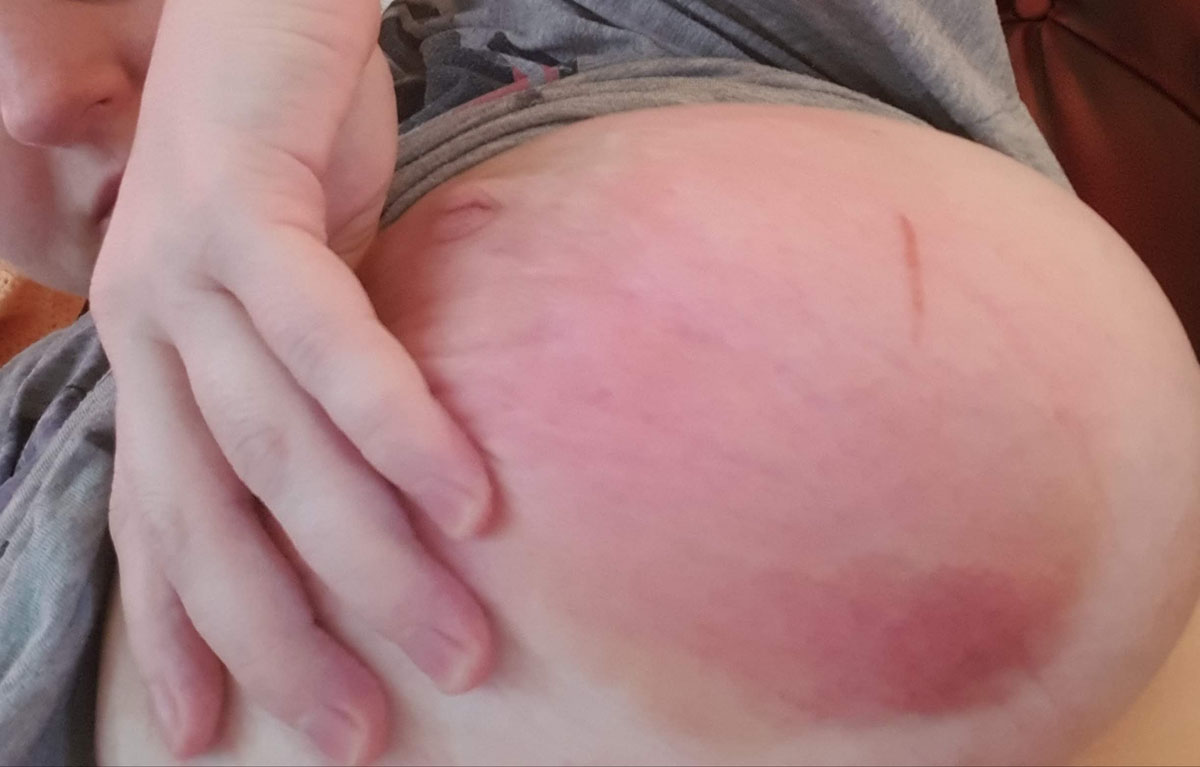
Mastitis
Mastitis is the medical term for the breast infection, which is very frequent in women that breastfeed their newborns, but mastitis can also affect any other woman at any time. If it occurs in women who are nursing their children, it usually happens during the first two months after childbirth. Fortunately, mastitis is only a benign and not cancerous condition, and can be cured with antibiotics. The most common symptoms of this condition are red, painful or inflamed breasts accompanied with nausea, headache, high temperature, or chills.
When a woman has mastitis, it is not necessary to stop breastfeeding her baby, because it is not harmful for the child. Breast mastitis occurs as the result of the swelling or enlargement of breasts, or due to a blocked milk duct. Furthermore, it can appear because of cracked or damaged skin or tissue around the nipple. In majority of cases, mastitis appears when the breasts are not completely emptied of milk. The swelling of the breasts occurs when the breasts are producing much more milk than a baby takes. Furthermore, if bacteria penetrate into the breast through an opening in the nipple or a break in the skin, in that case the breasts become infected.
Mastitis prevention
Breast mastitis can be prevented by avoiding engorgement. To prevent engorgement, a woman must breastfeed her baby, but also pump or manually express milk. She must do this frequently. Furthermore, it is important not to lean over the baby while breastfeeding. This position of the body may lead to the occurrence of mastitis. Moreover, the avoiding of tight or binding bras while breastfeeding is highly recommended.
Mastitis diagnosis and treatment
When a woman has symptoms that are characteristic for this type of disorder, a doctor may diagnose mastitis. However, if he/she is not completely sure about it, a laboratory culture of the breast milk is ordered. There are cases when women with mastitis develop benign abscesses with creamy, thick, pale yellow or yellow-green pus. These abscesses are easily removed by draining with needles.
Mastitis must be treated. When a woman notice some of the signs, it is important to go and consult a doctor. The doctors usually prescribe antibiotics to treat this breast infection but there are things that a woman alone can do, such as using the warm water on the infected area before breastfeeding and icy compresses to the breasts after breastfeeding. It is also recommended to drink much water and have enough rest.


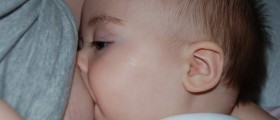
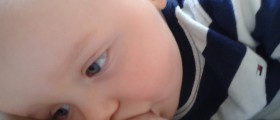

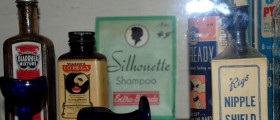


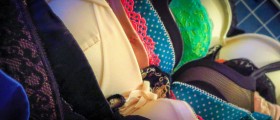
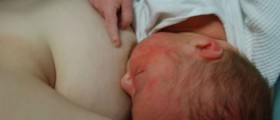
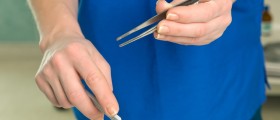
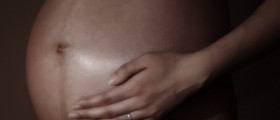
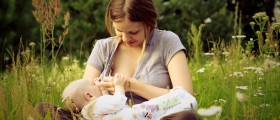
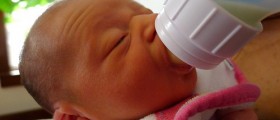

Your thoughts on this
Loading...